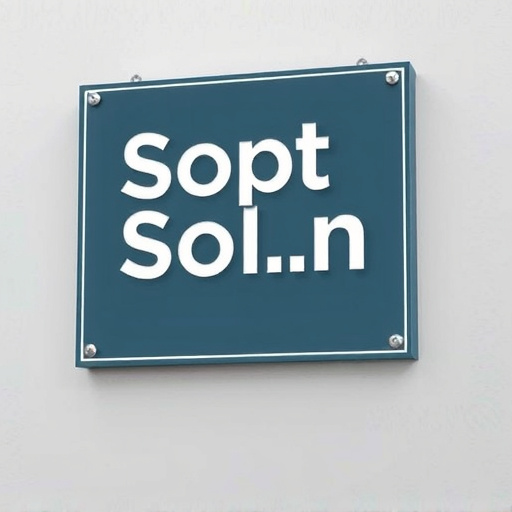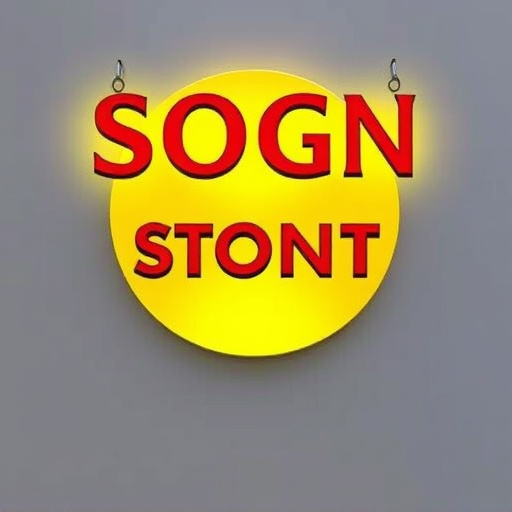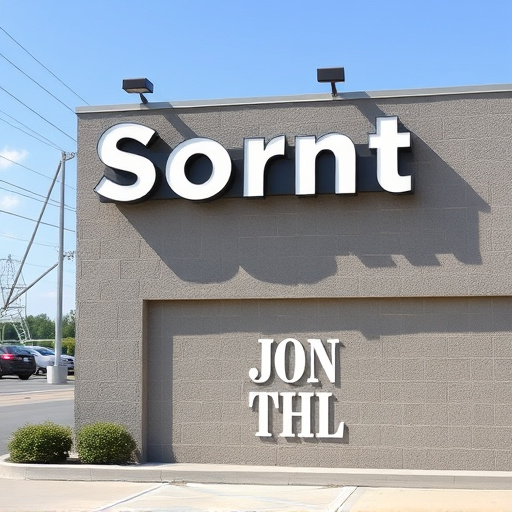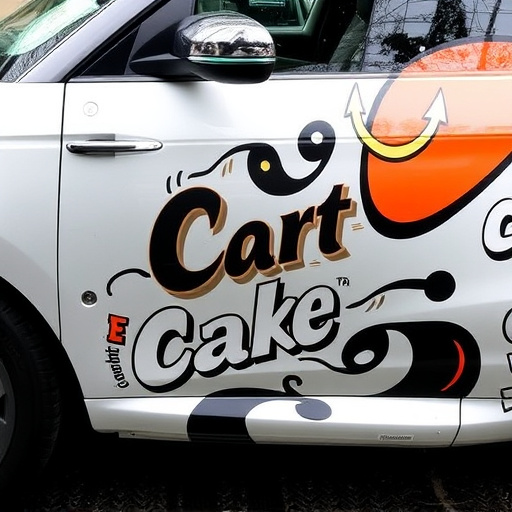In a competitive market, offering flexible payment options like installment plans and buy-now-pay-later services is key for businesses to attract diverse customers, including those seeking budget-friendly services like car customization or window tinting. User research guides design of intuitive interfaces, empowering users and boosting engagement, sales, and satisfaction through personalized experiences and seamless transactions secured by modern encryption technologies.
In today’s dynamic market, offering flexible flexible payment options is no longer a luxury but a necessity. This article explores the pivotal role of User Experience (UX) design in presenting these options effectively. We delve into understanding user needs, designing intuitive interfaces that promote customization, and implementing seamless, secure payment processes. By integrating these UX principles, businesses can enhance customer satisfaction and drive growth through adaptable financial solutions.
- Understanding User Needs for Flexible Payments
- Designing Interfaces to Facilitate Customization
- Implementing Seamless and Secure Payment Processes
Understanding User Needs for Flexible Payments

In today’s diverse and dynamic market, understanding user needs for flexible payment options is more crucial than ever. Customers are increasingly seeking out personalized experiences that cater to their unique financial circumstances. This shift in consumer behavior demands that businesses offer not just traditional payment methods but also flexible payment options such as installment plans, buy-now-pay-later services, and subscription models. By embracing these alternatives, companies can appeal to a broader audience, including those looking for budget-friendly solutions like vinyl wraps or car customization services, or even simple conveniences like window tinting.
User research plays a pivotal role in identifying these needs. Businesses should gather insights through surveys, focus groups, and analytics tools to comprehend customer preferences, payment behaviors, and barriers to purchase. This data is instrumental in designing payment experiences that are not only flexible but also seamless, secure, and transparent. When users feel empowered by the options available to them, they are more likely to engage with the brand, leading to increased sales and customer satisfaction.
Designing Interfaces to Facilitate Customization

In today’s digital age, consumers demand flexibility in their payment options, reflecting a shift towards personalized and tailored experiences. Designing interfaces that accommodate this need is paramount for businesses offering services like professional window tinting or UV protection products (such as PPF installation). Customization should be seamlessly integrated into the user journey, allowing customers to choose their preferred payment methods without friction. This could range from one-time payments to subscription models, each catering to unique needs and preferences. A well-designed interface should provide a clear overview of these options, making it effortless for users to select the most suitable arrangement for their purchase, be it for window tinting services or advanced UV protection solutions.
The key lies in creating intuitive and adaptable interfaces that respond to user behavior and preferences. For instance, an e-commerce platform catering to professional PPF installations could enable customers to set up recurring payments for ongoing UV protection needs. By designing with flexibility in mind, businesses ensure their platforms can adapt to a wide range of users and use cases, ultimately enhancing the user experience and fostering customer loyalty.
Implementing Seamless and Secure Payment Processes

Implementing seamless and secure payment processes is a key aspect of offering flexible payment options, especially in today’s digital landscape. Users expect a smooth experience, from initial checkout to successful transaction, without compromising their financial security. Integrating advanced encryption technologies and adhering to industry-standard security protocols ensures that sensitive data remains protected throughout the entire process.
This flexibility extends beyond traditional payment methods, incorporating modern alternatives like digital wallets, mobile payments, and buy-now-pay-later options tailored to cater to diverse consumer preferences, particularly in sectors such as premium automotive services. By embracing these innovations, businesses not only enhance customer satisfaction but also encourage repeat purchases and foster a deeper connection with their audience, whether it’s through enhanced uv protection for vehicles or various car customization options.
The integration of user-centric design principles and a deep understanding of consumer needs for flexible payment options is transforming the digital commerce landscape. By prioritizing customization, intuitive interfaces, and secure transactions, businesses can create seamless shopping experiences that cater to diverse preferences. Embracing these strategies not only enhances customer satisfaction but also fosters loyalty and drives growth in an increasingly competitive market where offering flexible payment solutions is paramount.














